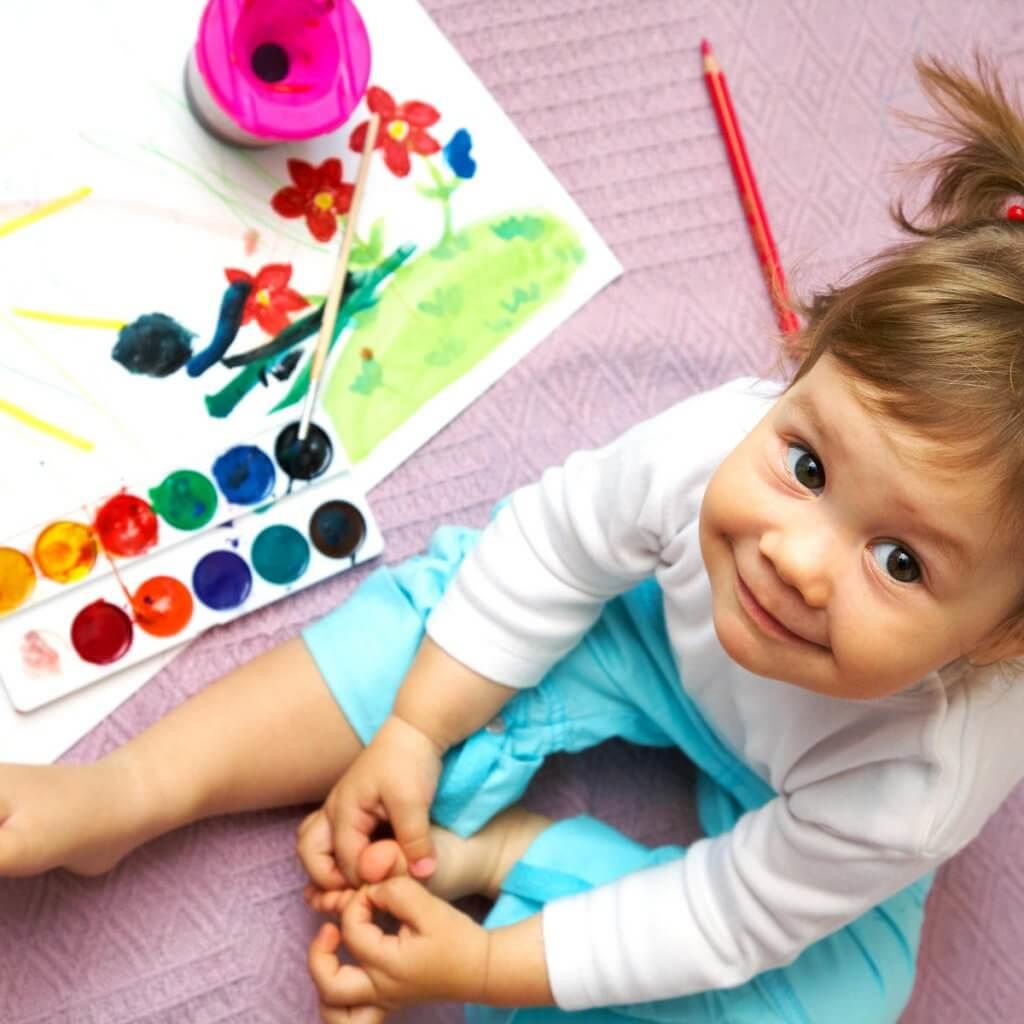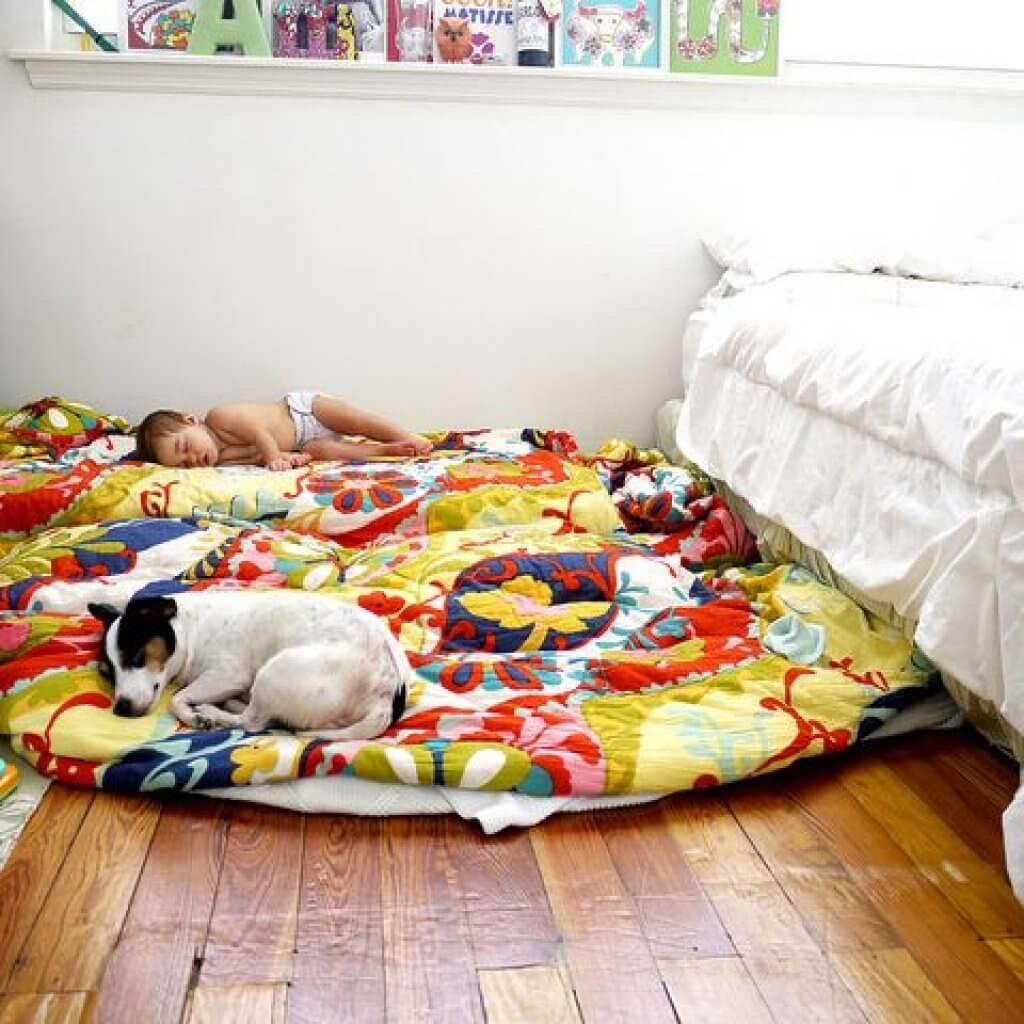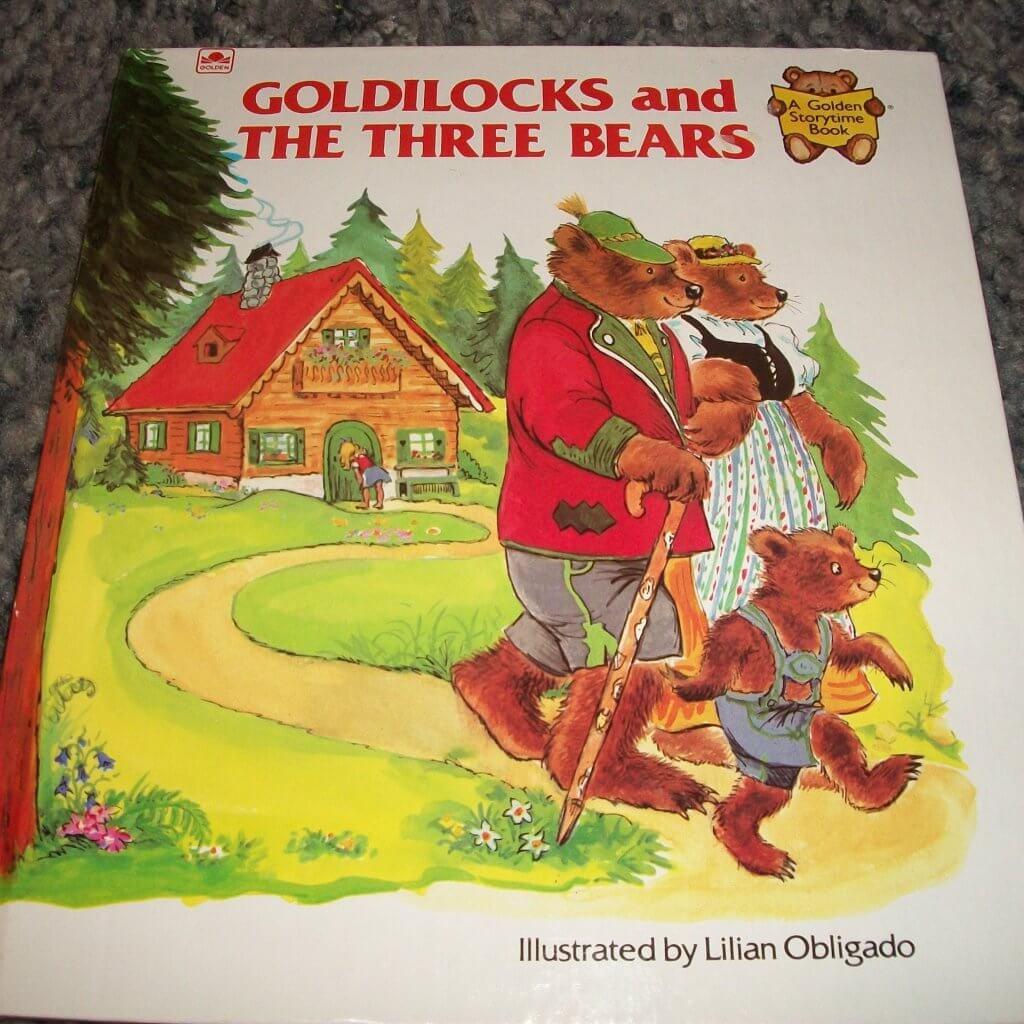Keeping Naptime Consistent for Kids

Ahhh….naptime. The word naptime might bring to mind a quick and quiet getaway from all the noise and hustle and bustle of daily life. But if you’re the parent of a baby or toddler, the word naptime might just sound like a nightmare.

Getting your kids to nap consistently can certainly be a tall task, but here’s 10 tips to help you figure out how to get your little one on a regular and healthy nap schedule.
Make sure you’re attune to the signs that your child is ready for sleep
There may be times when you’d like to just get your baby or toddler to sleep as soon as possible. Unfortunately, she’s not going to be ready to nap whenever you want her to. It may seem impossible; however, you can still make consistent naps part of the daily routine of both you and your child, but you might have to build around her needs just a bit.

This just means that you have to be aware of when she starts to get tired and go from there. If there are particular times of the day when you notice your child gets fussy, stares off into space, or yawns and rubs her eyes—these are pretty good signals that your kid could use a little shuteye. Once you’ve pinpointed these times based off the signals she gives you, you might want to start building other parts of you and your child’s daily routine from there.
Consistent environment is key
If you’re trying to create a consistent nap schedule, you’ll need to keep the nap space consistent as well. It’s important that your baby or toddler gets her rest in a place that she associates with sleep.

Make sure it’s the same room and same bed or crib every time. If you’re child naps in a bed one day and in a crib or on the couch the next, she isn’t going to understand that there’s a specific place that’s designated for winding down and dozing off.
No on the go naptime
It may seem convenient for you to let your child slip into sleep in her stroller or car seat. You get to stay out and about and take care of your daily tasks, while your child gets the rest she needs.
 One problem with napping while on the move though, is that strollers and car seats aren’t meant for sleeping and resting. The only place you want your child sleeping is in her own bed or crib. After all, that’s what beds are made for; sleeping.
One problem with napping while on the move though, is that strollers and car seats aren’t meant for sleeping and resting. The only place you want your child sleeping is in her own bed or crib. After all, that’s what beds are made for; sleeping.
Again, there’s also the issue of an inconsistent environment. Napping in a stroller while in the grocery store or out on the streets isn’t the same as the familiar comfort of her own bedroom and bed or crib.
Rituals are definitely the right way to go
You probably have a bedtime routine which includes certain rituals, and consistent pre-sleep rituals work great no matter if it’s nighttime or in the afternoon.

The rituals of reading or rocking your child to sleep have always been popular and effective methods for sleep success. If the ritual works at night, you’ll probably get the same successful results in the afternoon. You might even want to try reading the same story that you would at bedtime.
Try making the process more about winding down than sleep
It’s important that you not try and force your child to sleep. If she knows she has no choice but to nap, it’s possible that she might feel a little stress or pressure to catch some z’s. Try to create a relaxing environment for your child. Maybe draw the shades or use a little white noise to help calm her down in order to let her relax a little before you have to make any harsh demands. You don’t have to force the issue; that just makes it stressful for both you and your child. Keeping your child calm is a surefire way to give her the rest she needs.

Too much stimulus right before sleep is never a successful recipe for rest regardless of age. This means you’ll have to make sure there’s no screen time before naptime. You’re going to want to avoid television time, and you’ll want to make sure your child isn’t playing on a tablet or smartphone for an extended period before napping (the same goes for bedtime). For adults and children alike, the bright screens and all the activity is simply too much stimulus to let the mind wind down and turn off.
If your child requires a stuffed animal to get a little cozy and calm, make sure not to provide too many cuddle buddies. All the toys can create a distraction and your child might want to spend more time playing than resting.
Make sure to keep your kid active throughout the morning
If your little one doesn’t get enough interaction throughout the morning, she might doze off simply out of boredom. Make sure you engage with your baby during the beginning hours of the day and into the early afternoon. When you have the time to do so, consistently talking or playing with your baby is a great way to ensure she doesn’t get too disinterested to the point of sleep.

If you don’t have the time to sit down and have a heart to heart chat, you can still talk or sing to her while tackling the daily chores like doing laundry, washing the dishes, dusting up, or whatever else it is you have to do to keep the home intact. It keeps your child engaged and it’ll make any tedious tidying up a little more fun for you as well.
Don’t let your child nap too long
It might be tempting to let your child sleep as long as possible, especially if you’ve had a rough day and an even tougher time getting her to take that afternoon nap. Even though a longer nap for your little one might give you more time for relaxation, you’re going to want to make sure she doesn’t sleep too long.

Everyone likes the snooze button, but it’s just not a good idea to hit when it comes to your kid’s naptime. Too much sleep in the daytime is going to throw off her nighttime sleep schedule, and inconsistent napping and sleeping patterns are exactly what you’re trying to avoid.
If your child is between the ages of 1 and 3, they might need 1 to 3 hours of naptime. If they’re between ages 3 and 5, then 1 to 2 hours of naptime should be sufficient. If you want to hit the nail on the head in terms of toddler napping, you might want to just shoot for 90 minutes.
Make sure your child has a happy stomach
The amount of food your child has or doesn’t have before taking a nap can make all the difference in terms of keeping nap lengths consistent.

If it’s a toddler you’re dealing with, make sure to give her a small snack before naptime. You want to ensure that your kid doesn’t wake up mid-nap just because she’s hungry.
As far as feeding your baby goes, you might not want to feed her right before you settle her in to take that nap. Make sure you feed and burp your baby so that she doesn’t spit up during sleep which will ultimately cause her to wake up.
Allow the nap to naturally become part of the daily routine
If you have a consistent routine that includes regular naps, then getting your child to sleep during the day shouldn’t be a problem. Make sure your child wakes up at the same time of day, eats at the same time of day, and plays at the same time of day. Throw naptime into the mix and the sleep session will naturally become part of the schedule.

There’s no foolproof way to master a consistent naptime routine for your kids. Everybody’s child is different, and of course your own schedule can always be in a state of constant flux. The hectic demands of daily life and the strength it takes to raise a kid can certainly make naptime routine difficult, but thankfully it doesn’t have to be the most insurmountable feat you’ve ever faced.






